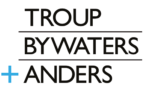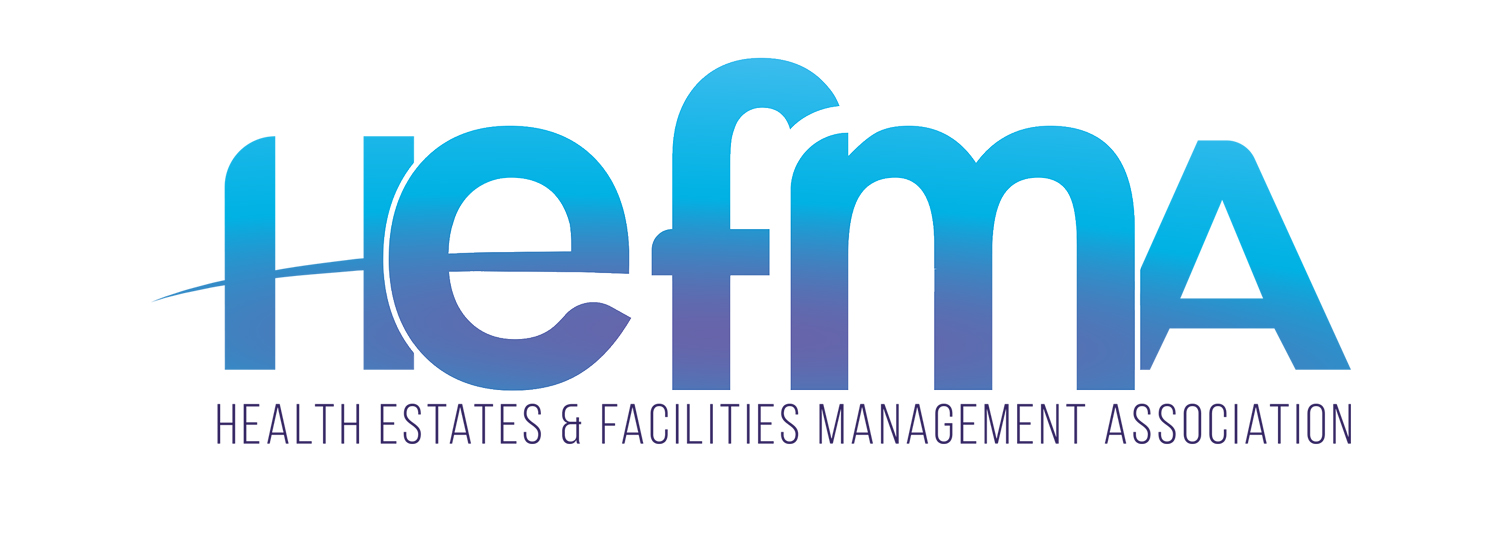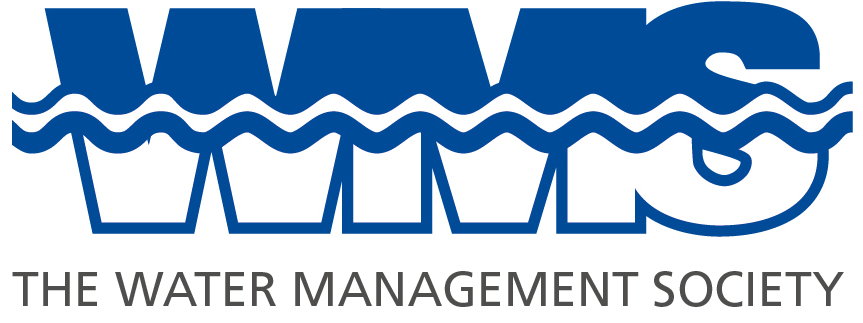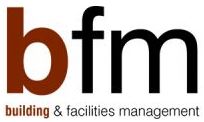Event Owners:
IHEEM
2 Abingdon House
Cumberland Business Centre,
Northumberland Road,
Portsmouth, Hants,
PO5 1DS. Tel. 023 9282 3186
office@iheem.org.uk
www.iheem.org.uk
Excessive Cold-water Temperatures in Plumbing Installations – Reasons, Solutions & Benefits
Time: 2:00 pm - 2:35 pm
Date: 11 October
Theatre: INFECTION CONTROL & WATER THEATRE
Different regulations and guidelines require a maximum temperature for cold water in plumbing installations between 20 to 25°C to control the growth of Legionella and other water-borne pathogens to minimize the health risk of the water consumers. Even though these requirements exist, the cold-water temperatures in most installations are checked / controlled inadequate. Reasons for… Read more »
Healthcare EstatesDifferent regulations and guidelines require a maximum temperature for cold water in plumbing installations between 20 to 25°C to control the growth of Legionella and other water-borne pathogens to minimize the health risk of the water consumers.
Even though these requirements exist, the cold-water temperatures in most installations are checked / controlled inadequate.
Reasons for increased cold-water temperatures are:
– Global warming leads to increased environmental and ground temperatures.
– Increased energy tightness of building envelopes.
– Low / reduced water consumption (water saving fixtures in standard sized installations).
– Design & installation errors.
There are different solutions available to tackle the problem and its different reasons. Before active measures are taken, passive measures should be realized:
– Separate hot from cold pipework.
– Design an installation with minimum water content.
– Sufficient water exchange / no stagnation.
– Cold water circulation and cooling.
As every building is unique, the application of each single or a combination of above solutions can lead to the optimum operation and best economic installation:
– Good comfort – minimal time to tap.
– Good water quality / hygiene.
– Optimum invest and operating cost ratio.
– Space saving.
Experience shows that the water exchange by normal cold water consumption is usually too low to maintain a temperature below required limits. And additional water exchange measures can lead to a high amount of water being wasted to maintain temperature. This depends on the building layout and how well the installation is designed. In such cases a cold water circulation including cooling is a very effective solution. This has been proven in several installations already
« Back































